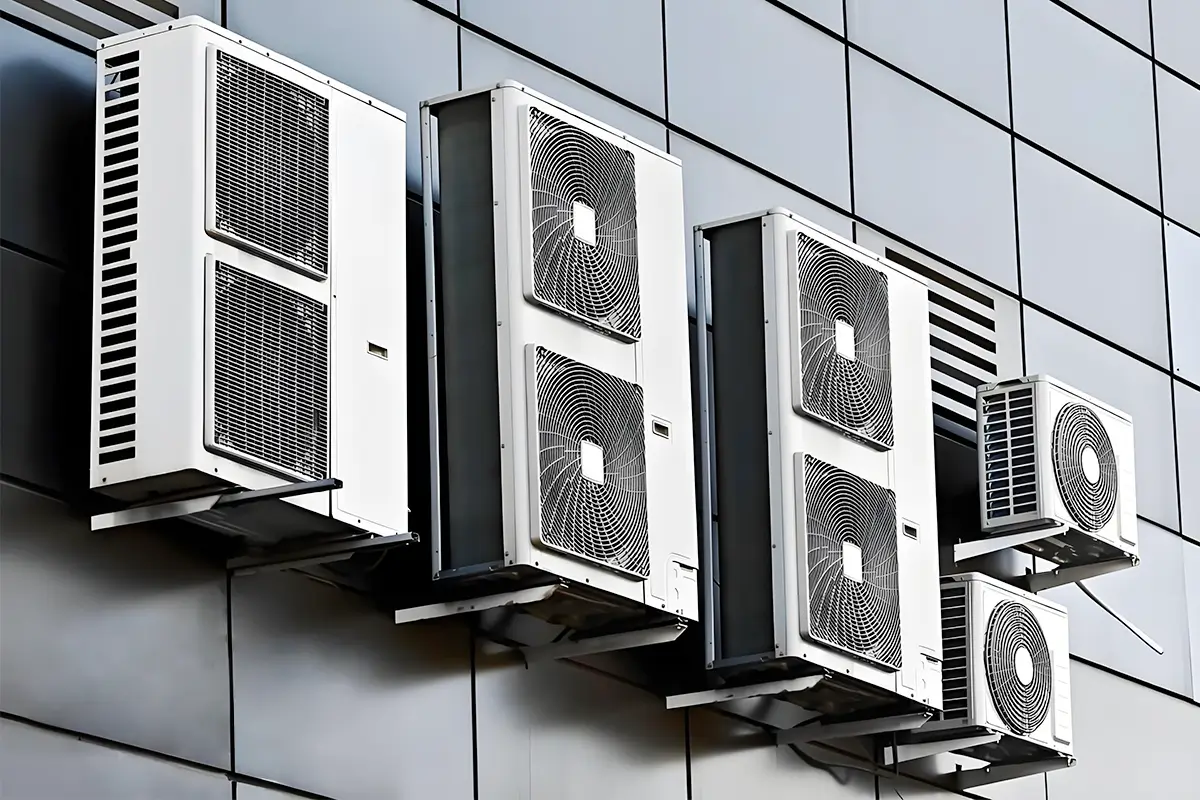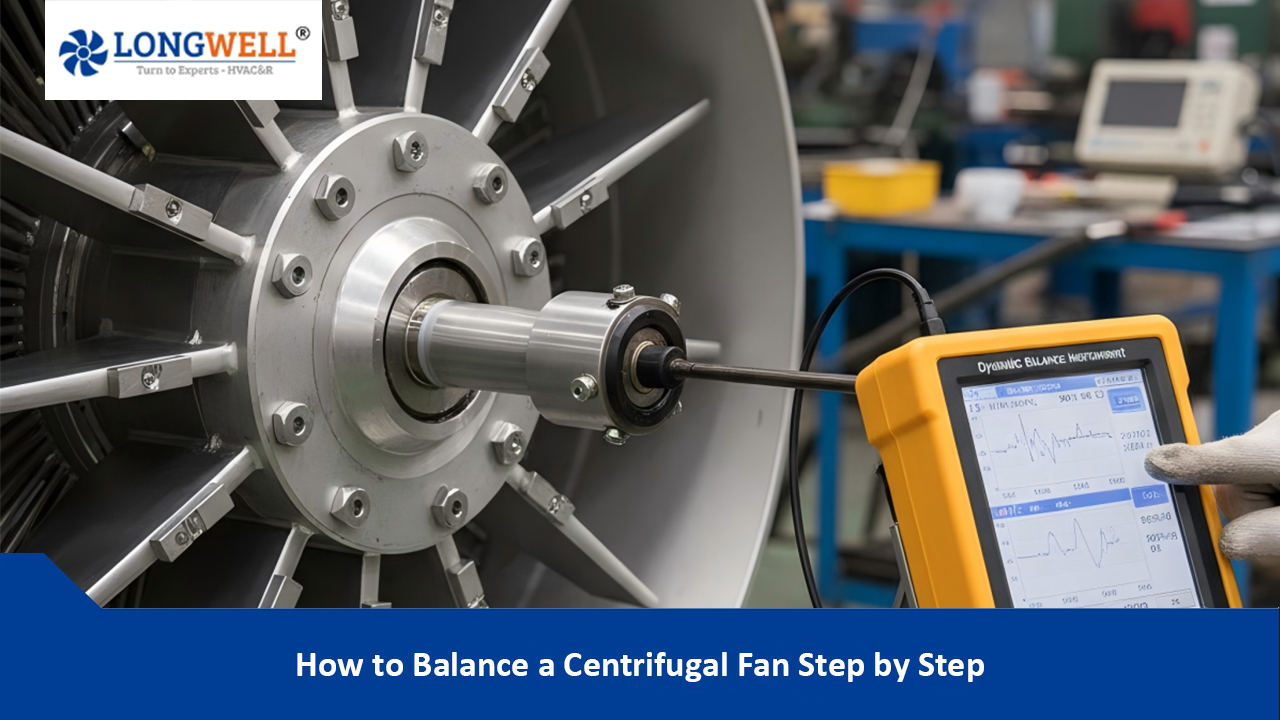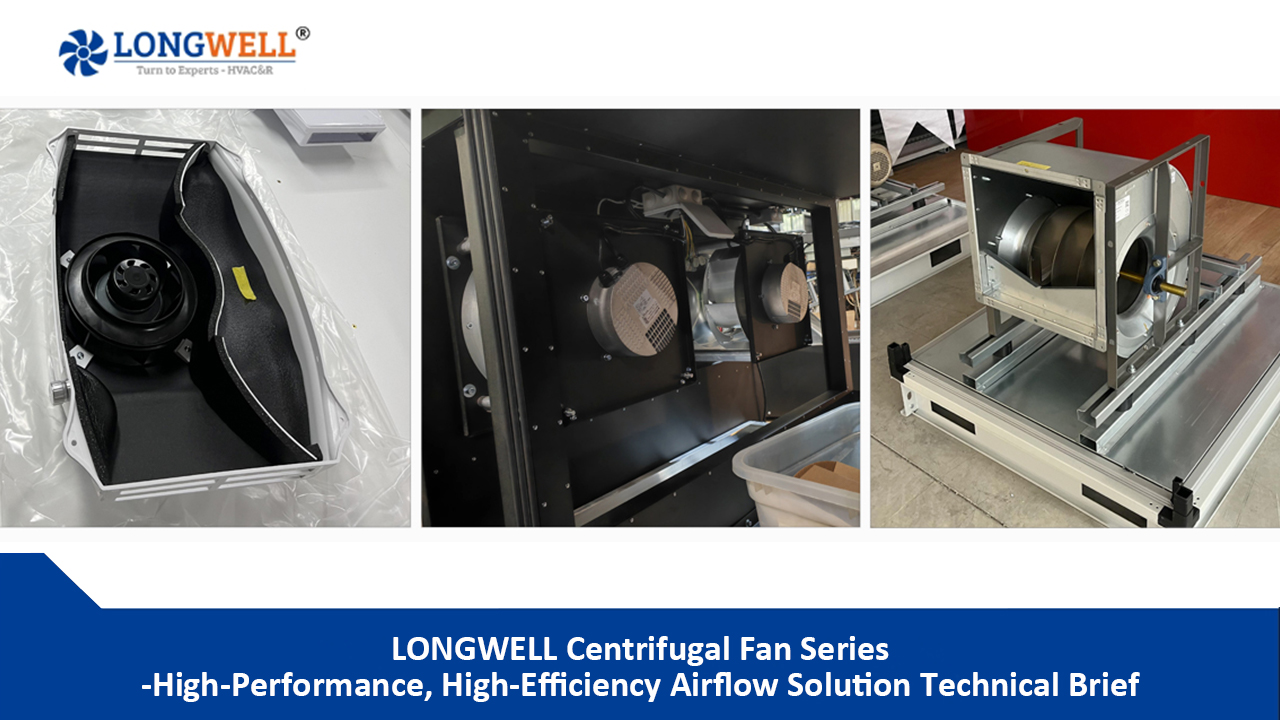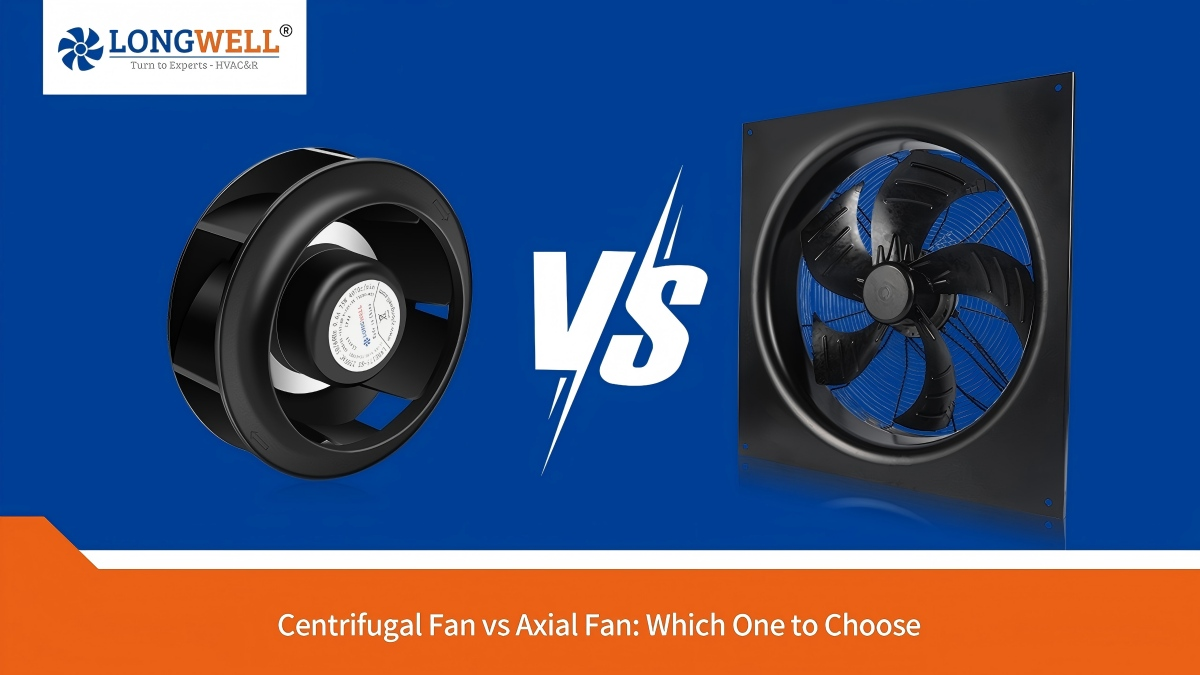
Key Highlights
Are you interested in how HVAC systems work to keep us comfy all year? It’s important to understand the basics of Heating, Ventilation, and Air Conditioning (HVAC) for both homes and businesses. This blog will explain the role of thermostats in controlling indoor temperatures. It will also cover the science behind refrigeration and heat exchange. By the end of this read, you will know how HVAC systems work to provide comfort, health, and energy savings in different places. Get ready to explore the exciting world of HVAC technology!
Introduction
An HVAC system is very important for homes and buildings today. It helps manage the climate and keeps everyone comfortable. HVAC means Heating, Ventilation, and Air Conditioning. A typical HVAC system has several parts. Most systems include an air conditioning unit to cool your home. They also have a furnace or a heat pump to provide heat. Below, we will look at the different parts of an HVAC system and how they work together to keep you comfortable all year long.
Components of an HVAC System
An HVAC system is a system that moves hot or cold air around a building using ducts. Most people call these systems “split systems.” This is because they have parts that are indoors and others that are outdoors.
A split-system HVAC has two main parts. It has an outdoor unit, which can be an air conditioner or a heat pump. Inside, there are units like a gas furnace and an air handler. The air handler uses a blower motor to move the air around. The system also includes a thermostat and a network of ducts for air to flow.
Understanding the Role of the Thermostat
The thermostat is the main device for your HVAC system. It helps you pick the temperature you want in your home. If the temperature inside changes from what you set, the thermostat sends a signal to your HVAC system. This signal tells it to start heating or cooling as needed.
When you set your thermostat to 70°F on a hot summer day, it maintains your home’s temperature by automatically activating the air conditioner if the indoor temperature rises above 70°F or turning on the heating system if it drops below 70°F.
The thermostat controls the temperature in your home. It helps your HVAC system keep it at the desired temperature.
The Heart of Heating: Furnaces and Heat Pumps
Furnaces and heat pumps are the key parts of an HVAC system that provides heat. A furnace requires a fuel source, such as natural gas or propane, to produce heat. It uses a heat exchanger to transfer this heat to the air, which then circulates throughout your home.
A heat pump is a heating system that saves energy. It does not make heat. Instead, it uses a refrigerant to take heat from outdoor air and brings it into your house.
Both furnaces and heat pumps can keep your home warm. But heat pumps often use less energy. In extremely cold weather, a heat pump may struggle to collect enough heat energy. When this happens, they might have to rely on electric heat strips. These strips are not as efficient for meeting the heating needs.
Cooling Down: Air Conditioners and Their Function
Air conditioners cool the air in an HVAC system. Furnaces and heat pumps, on the other hand, heat the air. Like heat pumps, air conditioners use a refrigerant. This refrigerant takes heat from the indoor air and sends it outside.
Warm air from your home is pulled through return air ducts into the indoor unit of your HVAC system. This air passes over an evaporator coil that has cold refrigerant inside. As the warm air flows over the refrigerant, it changes from a liquid state to a gaseous refrigerant. During this change, the refrigerant takes in heat from the air.
Cooled air is blown back into your home by the blower motor in the system. The heated gas refrigerant goes to the outdoor unit. There, it moves through the condenser coil and releases the heat it took from the indoor air.
The Science Behind HVAC Systems
HVAC systems might seem easy, but they are built on interesting science. The core of both heating and cooling is heat exchange. If you want to heat your home during winter or cool it in summer, managing heat energy is essential.
An HVAC system works by moving heat. This includes electric heat pumps that can both heat and cool, or systems that use natural gas for heating and electric power for cooling. When you understand how HVAC systems work with refrigeration and heat exchange, you can be a smarter homeowner.
How HVAC Systems Use Refrigeration to Cool Buildings
The HVAC system cools by using refrigeration. The cooling unit is placed outside the building. Inside this unit is a special chemical called a refrigerant. This refrigerant moves through the system, changing from liquid to gas and then back to liquid again.
The refrigerant enters the evaporator coil as a cold liquid. When warm air flows over this cold coil, the refrigerant absorbs heat from the air and turns into a gas. The system then sends the cooled air back into the building. This process continues until the desired temperature is achieved.
The refrigerant is a gas that carries heat from your home. It moves to the outside unit, where it cools down and turns back into a liquid refrigerant. This begins the process again.
The Process of Heat Exchange in HVAC Systems
Heat exchange is an important concept in understanding how HVAC systems work. In simple terms, it refers to transferring heat from a warm object to a cooler one. When the heating part of an HVAC system operates, the furnace or heat pump generates heat. This heat then warms the cool air around it.
The warm air moves through the home’s ductwork. It gives off heat to the cooler air inside. When the warm air enters a room, the cold air is drawn back into the HVAC system. This cold air goes through the return air ducts to be heated again.
During the cooling cycle, the evaporator coil in the air conditioner or heat pump absorbs heat. Warm air from your home passes over the evaporator coil. As this happens, heat energy transfers to the refrigerant. This process makes cool air that is then spread throughout your home.
Ventilation: Circulating Air for Health and Comfort
Ventilation is key for good air quality inside a building. It brings in fresh outdoor air. It also removes stale indoor air that can have harmful substances.
Good ventilation improves air quality and reduces indoor pollution. It also prevents too much humidity from building up. High humidity can lead to problems, like mold. Additionally, ventilation helps control indoor temperature and can lower energy costs.
A good HVAC system helps create a healthier and more comfortable indoor space by using ventilation.
Types of HVAC Systems and Their Applications
HVAC systems come in different types and sizes. You can use them in tiny homes or big companies. Picking the right HVAC system depends on the building’s size, the weather, and the needs of the people inside.
There are key differences between residential and commercial HVAC systems. Ducted systems and ductless mini-splits have unique situations where they work best.
Residential vs. Commercial HVAC Systems
- Residential HVAC systems are made for single-family homes and apartments.
- Commercial HVAC systems are used in bigger buildings like offices, schools, and hospitals.
- Residential HVAC systems need fewer resources.
- They are smaller and simpler.
- These systems usually cost less to install and care for.
- On the other hand, commercial HVAC systems can handle much larger heating and cooling needs.
- They are also more complex and costly to set up.
- Residential HVAC systems are designed for homes, while commercial HVAC systems are for businesses.
- Residential systems are usually smaller; commercial systems are larger and more complex.
- Maintenance needs differ. Residential systems may need less frequent checks, whereas commercial systems require regular upkeep.
- The installation of residential systems can be simpler and quicker. In contrast, commercial systems often take more time and involve specialized skills.
- Energy efficiency is important for both, but commercial systems often have higher energy ratings to serve larger spaces.
|
Feature |
Residential |
Commercial |
|
Size |
Smaller and less complex |
Larger and more complex |
|
Applications |
Homes and apartments |
Office buildings, schools, hospitals |
|
Cost |
Less expensive to install and maintain |
More expensive to install and maintain |
Ducted Systems Versus Ductless Systems
Ducted HVAC systems and ductless mini-splits each have one indoor unit and one outdoor unit. They work as split systems. Ducted systems use air ducts to move cool or warm air around your home. In contrast, ductless systems do not have air ducts.
In a ducted system, the air ducts are often kept out of sight. They go through your walls, ceilings, and floors, bringing air into every room through vents. Although these systems work well, putting them in can be tricky because they require a lot of ductwork.
Ductless mini-splits are simple to set up because they don’t require air ducts. They blow cool or warm air directly into each room using a wall-mounted indoor unit. Each indoor unit has its own thermostat. This gives you temperature control for every room or “zone” in your home.
Innovations in HVAC: Smart Systems and Energy Efficiency
Recent years have seen many new ideas in HVAC technologies. There is now a big focus on smart systems and energy saving. Smart HVAC systems include features that enhance temperature control. You can also manage your home’s central air conditioning right from your smartphone.
Manufacturers are trying to create systems that use less energy. For instance, high-efficiency electric heat pumps can reduce energy use and cut down on your bills. A lot of new smart thermostats can learn your daily habits. They will automatically adjust the temperature to help save energy.
These smart systems and energy-saving features help homeowners save money. They also lower our impact on the earth. Central air conditioning used to feel like a luxury. Now, it is becoming more affordable and efficient.
Conclusion
In conclusion, it is important to understand how an HVAC system works for a comfortable indoor space. Each part, like the thermostat and ventilation, helps control the temperature and air quality. When you know about HVAC systems, you can see how they keep buildings either cool or warm. Choosing the right HVAC system can make energy use and comfort better, whether for a home or a business. Stay updated on new smart systems for improved performance. If you have questions about HVAC systems, such as how long they last or when to maintain them, check out our FAQ section for more details.
Frequently Asked Questions
What Is the Lifespan of an HVAC System?
An HVAC system can last around 15 to 20 years with proper care. How long it lasts can depend on the quality of the system. It can also vary based on how often you use it and how well it is maintained by an experienced HVAC contractor.
How Often Should HVAC Systems Be Serviced?
To keep your HVAC system running well, you should have a qualified HVAC contractor check it every year. This check usually includes a full inspection and cleaning.



